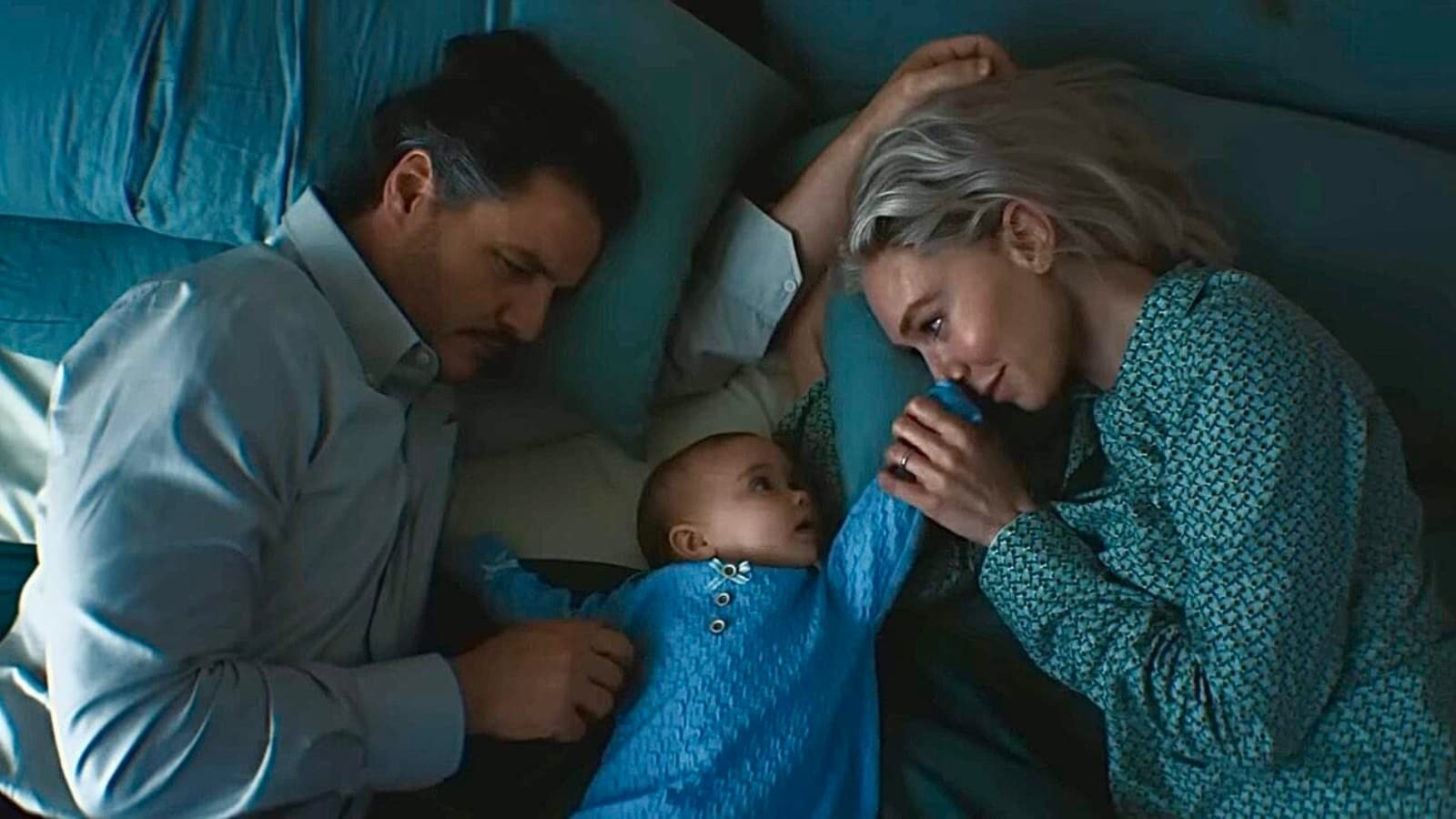Vanessa Kirby on Sue Storm's space birth, Doctor Doom, and the fierce humanity behind Marvel's 'Fantastic Four'
Vanessa Kirby doesn’t sound like someone who just saved the planet from a devourer of worlds. Speaking from bed during a rare moment of rest, the acclaimed British actress reflects on a monumental year: headlining The Fantastic Four: First Steps, filming Avengers: Doomsday, and preparing for motherhood—on screen and in real life.
Vanessa Kirby explores Sue Storm’s space birth, maternal power, and filming with Robert Downey Jr. for Marvel’s “Fantastic Four: First Steps.”
John Russo
Kirby’s transformation into Sue Storm, the Invisible Woman, represents more than just another superhero role. Known for her critically acclaimed performances in The Crown and Pieces of a Woman, she finds Sue’s emotional arc uniquely resonant. The film opens with Sue pregnant and ends with her unleashing a cosmic storm to protect her newborn son from Galactus—only to be resurrected by the very life she fought to protect.
The complexity of Sue Storm’s character, from leader to mother to warrior, offered Kirby the chance to portray a rarely seen archetype in superhero cinema. Far from the passive portrayals of invisibility, Kirby’s Sue emerges as a fierce maternal force at the heart of Marvel’s first family.
Reading Stan Lee and Jack Kirby’s 1961 comics gave her a foundational understanding of Sue’s layered nature. “She’s fiercely maternal but not passive,” Kirby says. “To give birth, to protect, to lead—it’s all connected. She’s a force, and she doesn’t need to shout to prove it.”
Portraying a space-born childbirth may sound outlandish, but it’s one of the film’s most grounded moments. Kirby approached the scene with emotional clarity, drawing from her previous experience in Pieces of a Woman and applying it to the otherworldly setting. “It was a privilege to center a superhero film on something so primal and human,” she says. “We shot that sequence for weeks. It was raw, emotional, and intimate—even in zero gravity.”
As the delivery unfolds aboard a spacecraft, Sue is supported by her teammates, including a scene-stealing moment where The Thing gently cuts the umbilical cord. Kirby describes it as one of the most moving sequences she’s ever filmed. “This wasn’t just about saving the world. It was about welcoming a new life. And that life becomes the moral core of the entire film.”
A real baby, affectionately called Ada on set, was used in every scene involving Franklin, her character’s child. For Kirby, the presence of real infants shaped the performance. “They brought us into the moment. If the baby cried during a scene, we leaned into it. That kind of honesty is what made it special.”
When it came time for Sue to confront Galactus, Kirby infused the climactic battle with maternal rage and love rather than traditional superhero bravado. “She’s not just fighting a villain; she’s fighting for her child. That’s where the strength came from.”
Her efforts culminate in a monologue that shifts the moral compass of the story. It’s a sequence that doesn’t just resolve a plot—it redefines what heroism can look like. “It was essential not to fall into tropes. We wanted Sue to be complex, vulnerable, powerful—and human.”
In the film’s mid-credits scene, Sue appears alone, confronting a shadowed Doctor Doom. Directed by the Russo Brothers during the Avengers: Doomsday shoot, the scene subtly teases Robert Downey Jr.’s return to the MCU, albeit behind a mask. “He was there,” Kirby confirms. “Robert’s our godfather on set. He’s been incredible. This isn’t just a cameo—it’s a new chapter.”
Beyond the current arc, Kirby is vocal about wanting to explore Sue’s darker alter ego: Malice. Longtime fans of the comics know this incarnation emerges after intense psychological manipulation. For Kirby, Malice is more than a villainous twist. “She’s Sue meeting her own darkness. There’s something transformative in that. It’s a journey from Invisible Girl to Invisible Woman. I hope we get to tell it.”
The complexity of Sue Storm—her origins, strength, vulnerability, and potential descent into darkness—mirrors the multi-dimensional storytelling that’s increasingly defining the Marvel Cinematic Universe. Kirby embraces it fully. “She could be lethal. But she chooses love. That’s what makes her heroic.”












